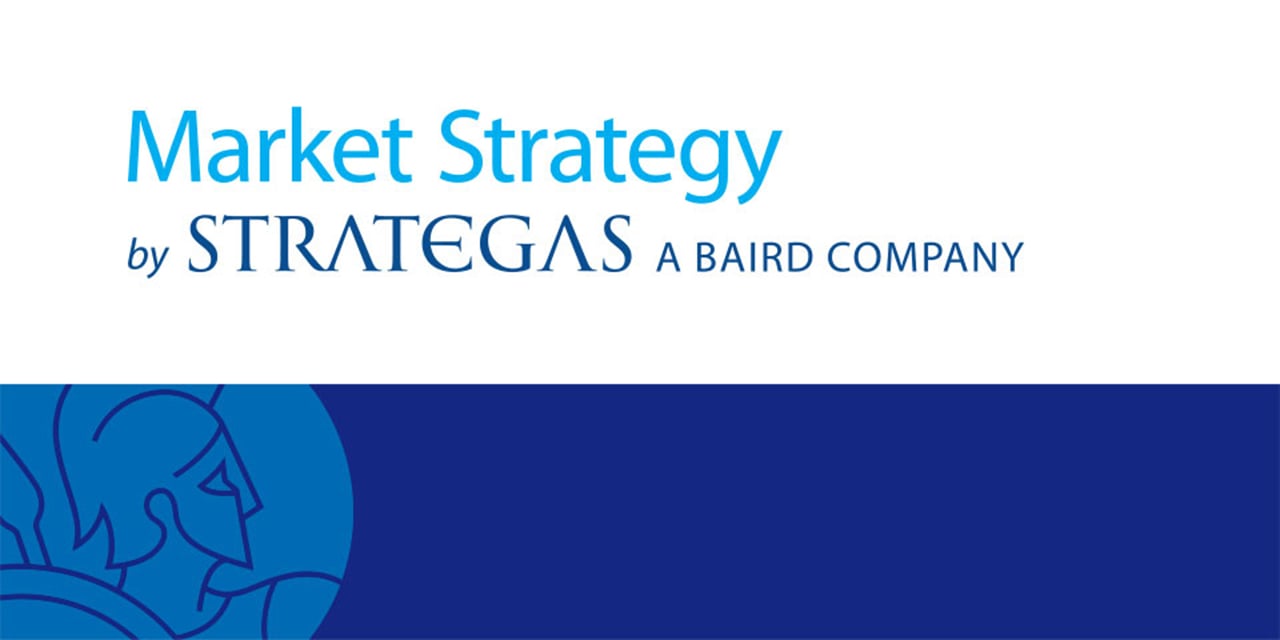
Put a Picasso in Your Portfolio
The collectibles market has enjoyed a boom recently, with classic cars, stamps, sports cards and artwork all setting record highs this year. Even comic books have emerged as a store of value: 1939’s Detective Comics #27, which contained the first appearance of Batman, sold at auction in November 2020 for $1.5 million.
Do such goods have a place not just in your home but in your portfolio? As an asset class, collectibles present a lot of concerns, since they’re high-risk, illiquid, unpredictable investments, with additional costs to acquire and maintain. On the other hand, they have the potential for substantial appreciation, and they’re totally cool. Here are some ups and downs to keep in mind:
The Upside
- While there are certainly no guarantees, there is the potential for tremendous appreciation. A 1952 Topps Mickey Mantle sold for $5.2 million in January 2021, setting a record for a sports card. The same card had sold three years earlier for $2.88 million.
- Collectibles can help diversify your portfolio, since they do not necessarily move up and down with the stock and bond markets. In fact, commodities like artwork can sometimes move opposite to the markets, as investors sometimes flee traditional investments in times of turbulence.
- Collectibles may provide a hedge against inflation. When prices rise, the value of your coin or stamp collection may rise along with it.
- There are new avenues for flexibility: Companies like Rally Rd. offer fractional ownership of collectibles, allowing you to invest in things like century-old artwork or classic cars without having to buy an entire piece. You can trade your shares and possibly enjoy an appreciation in price, but unfortunately, you can’t take your 10% of a vintage Porsche out for a spin.
The Downside
- The value of a collectible is almost entirely dependent on what the market will bear, and thus can be somewhat random and unpredictable. While certain items, such as original Van Goghs, can be assumed to hold their value well, that doesn’t necessarily apply to things like stamp collections or vintage wines. Since many collectibles go for extended periods without changing hands – according to the consulting firm Arts Economics, a piece of art returns to the market an average of once every 30 years – it can be very hard to anticipate what their prices will be like decades from now.
- The mechanics of collectibles markets can also work against you. What a dealer is willing to pay for your piece or collection is likely to be quite different from what it costs to buy at retail. As an investor, you should expect to pay the advertised price when you buy, but receive substantially less if you sell. There also may not be a market for your piece at the exact time you’re ready to sell it.
- Collectibles, particularly artwork and items like stamps, can be uniquely susceptible to potential fraud and forgery. This means you may have to pay some upfront fees to verify the provenance of your piece, raising the cost of your investment.
- Unlike with many other investments, gains on collectibles held for over a year are taxed at ordinary tax rates, not to exceed 28%. This may come as a surprise since a capital asset is usually subject to the preferential capital gains rates of 0%, 15% or 20%. But collectibles, although technically capital assets, are considered an asset class of their own for tax purposes.
- You’ll also need to insure your investment, adding to your upfront costs. It’s possible that your homeowners insurance will cover your collection’s full value, but you may also need to add them as an endorsement to your policy. Also, keep in mind that you will likely not be covered for wear and tear or simple deterioration over time, and that most insurance companies have a maximum dollar amount that they're willing to insure for.
Most importantly, if you’re making a significant investment in the collectibles market, consider how it fits into your overall wealth management and estate plans. Your Baird Financial Advisor team can help you sort out a strategy that’s right for you – and for your collection.
The information reflected on this page are Baird expert opinions today and are subject to change. The information provided here has not taken into consideration the investment goals or needs of any specific investor and investors should not make any investment decisions based solely on this information. Past performance is not a guarantee of future results. All investments have some level of risk, and investors have different time horizons, goals and risk tolerances, so speak to your Baird Financial Advisor before taking action.


